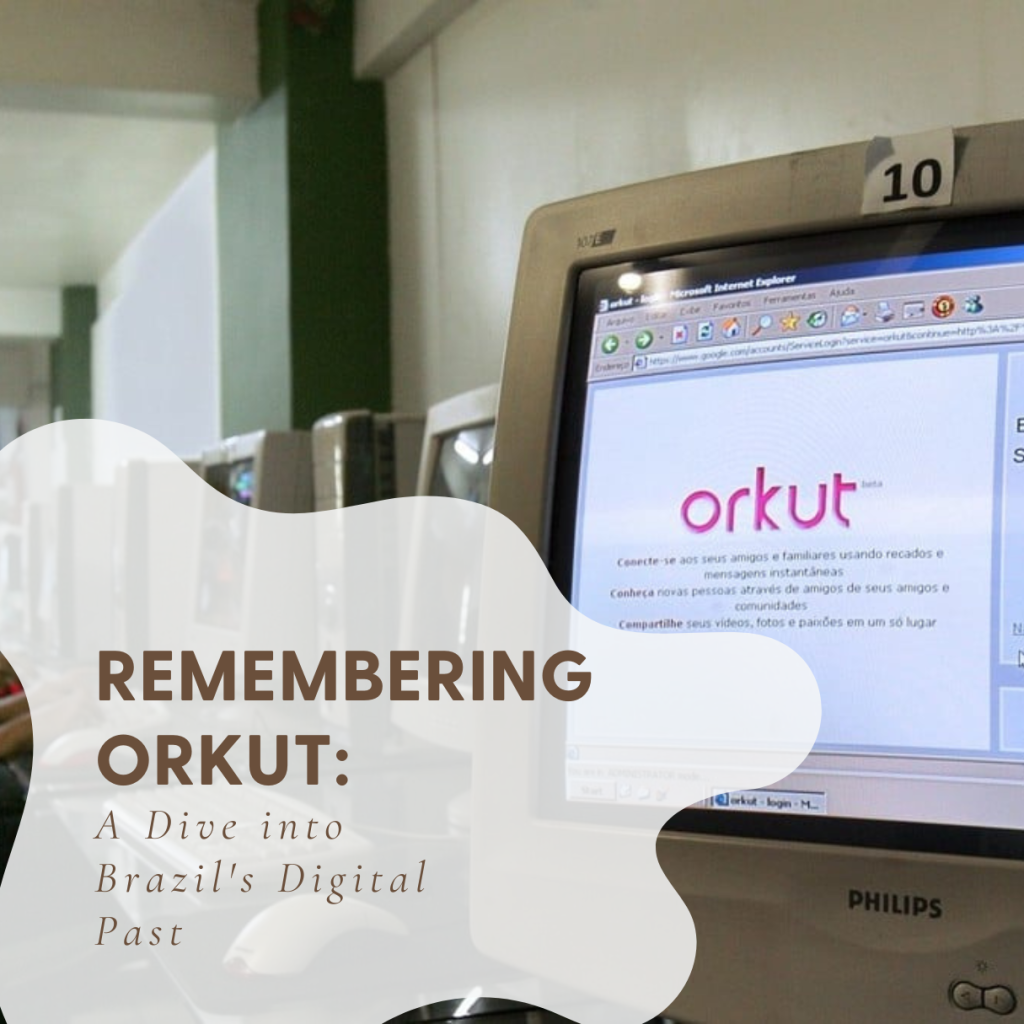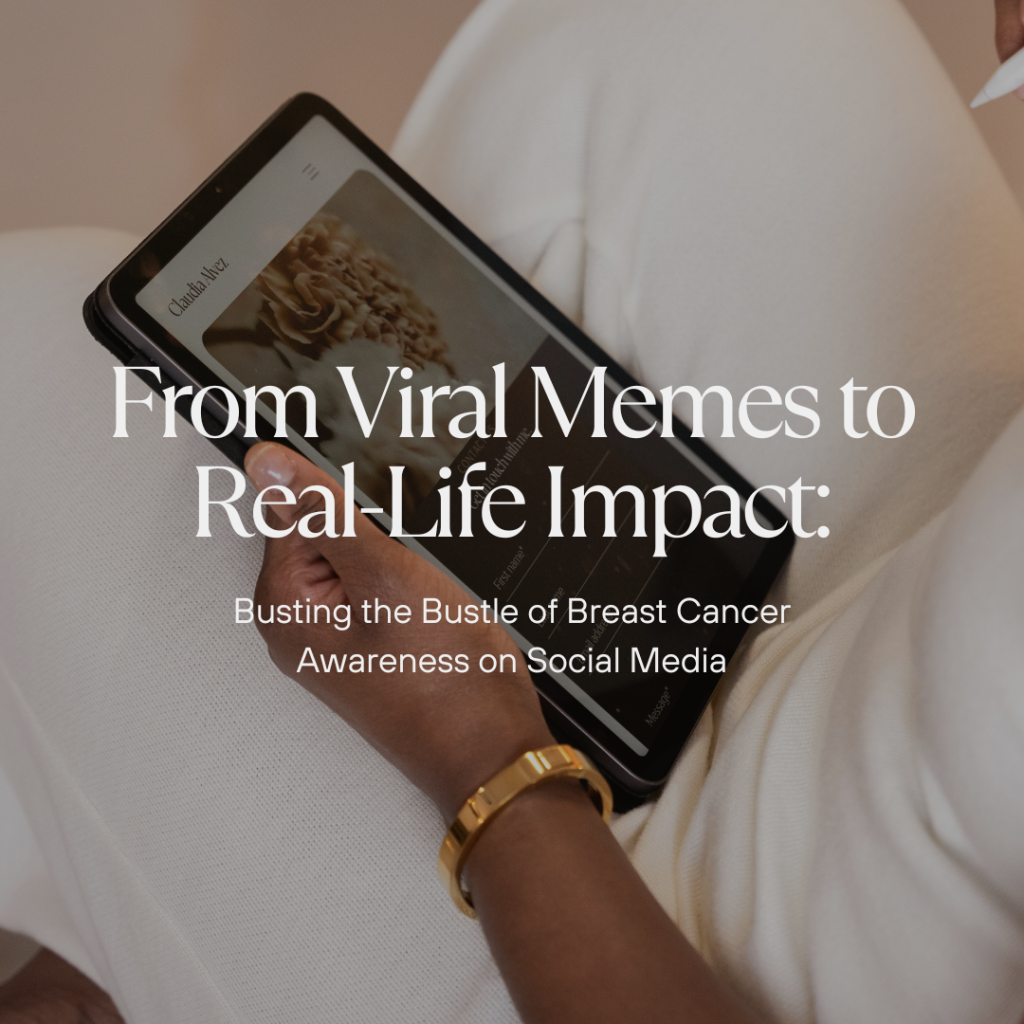Today, let’s take a trip down memory lane and reminisce about a platform that once ruled the digital realm: Orkut. Yep, you heard it right! Before Facebook, Instagram, and TikTok took over our screens, there was Orkut – the OG social networking site that captured the hearts of millions, especially in sunny Brazil.
Picture this: it’s 2004, and Google, yes, the almighty Google, launches Orkut, named after its creator Orkut Büyükkökten, a genius Googler with a vision. Little did they know that within just a few months, Orkut would become the go-to place for Brazilians to connect, share, and socialize online.
So, what made Orkut so special? Well, for starters, it was like a digital melting pot where users could find communities based on their interests, whether it was connecting with old classmates or bonding over shared hobbies. Within no time, Orkut became the ultimate playground for over 30 million users, with a whopping 90% of page views coming from Brazil alone. Talk about making a mark, right?
Orkut’s success lay in its adeptness at tapping into Brazil’s burgeoning digital landscape, fostering a vibrant online community, and offering an exclusive platform for users to connect seamlessly. Its clean interface, coupled with an invite-only membership, added an aura of exclusivity, driving user engagement. Emphasizing community building and user-generated content, Orkut provided a digital hub where users could forge meaningful connections based on shared interests and affiliations. However, despite its initial success, Orkut faltered in adapting to technological trends and addressing user concerns effectively. Its failure to keep pace with newer platforms, coupled with privacy issues and data mishandling, led to a decline in user trust and eventual obsolescence. Orkut’s rise and fall serve as a valuable lesson for marketers, highlighting the importance of adaptation and user-centricity in navigating the ever-evolving realm of social media and digital marketing.
But what set Orkut apart from the rest was its clean and sophisticated interface, making navigation a breeze. Plus, who could forget the thrill of being part of an invite-only club? It was like wearing a badge of honor in the tech world!

Now, let’s talk about the juicy stuff – the community structure. Orkut wasn’t just about adding friends; it was about building communities and fostering connections. Users could rate each other based on their coolness factor and trustworthiness, adding a fun and competitive edge to the platform. And let’s not forget about privacy – Orkut had it nailed down, putting users’ concerns first and foremost.
Orkut’s community structure reflected a significant shift in the role of the digital consumer, emphasizing active participation and engagement over passive consumption. Unlike diffusion strategies employed by some social media platforms, which rely on the spread of information through networks, Orkut encouraged users to actively participate in building communities and fostering connections. By providing a platform where users could not only add friends but also join communities based on shared interests and affiliations, Orkut empowered individuals to engage meaningfully with content and interact with like-minded peers. This community-centric approach fostered a sense of belonging and camaraderie among users, driving higher levels of engagement and interaction compared to platforms solely reliant on diffusion strategies.
Consumers were more interested in participating with these messages on Orkut because of the platform’s emphasis on fostering genuine connections and meaningful interactions. Unlike diffusion strategies, which often involve passive consumption of content, Orkut’s community structure encouraged active engagement and collaboration. Users could contribute their own content, participate in discussions, and connect with others who shared their interests, creating a more immersive and personalized experience. This active participation not only deepened user engagement but also strengthened the sense of community within the platform, making it more appealing to consumers seeking authentic connections in the digital realm.
The Brazilian culture played a significant role in shaping the brand experience of organizations and communities on Orkut. With Brazil emerging as one of the strongest markets for online retailers and boasting a high affinity for digital and social media, Orkut found fertile ground for growth and engagement. The nation’s vibrant digital landscape, coupled with a cultural preference for social interaction and community engagement, created an ideal environment for Orkut to thrive. Additionally, Brazil’s unique advertising landscape, which favors online marketing due to the ban on outdoor advertising, further propelled Orkut’s popularity as a platform for brands to engage with their audience authentically.
In a culture where brands must engage their fans across various digital platforms, the lessons from Orkut’s rise and fall offer valuable insights for businesses shaping their future social media strategy. To succeed in the dynamic digital landscape, businesses should prioritize authenticity, community building, and user engagement. Leveraging user-generated content, fostering meaningful connections, and embracing emerging trends like online video can help brands create a compelling brand experience that resonates with consumers. By understanding and adapting to the cultural nuances of the market, businesses can build a loyal following and thrive in an increasingly competitive digital landscape.
But as they say, all good things must come to an end. Despite its initial success, Orkut eventually bit the dust in 2014, mainly due to functionality issues and stiff competition from newer platforms. But hey, its legacy lives on, teaching us valuable lessons about the ever-evolving world of social media.



Leave a comment